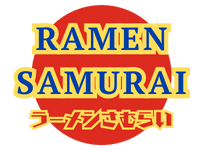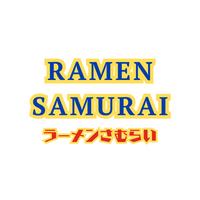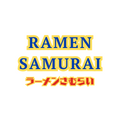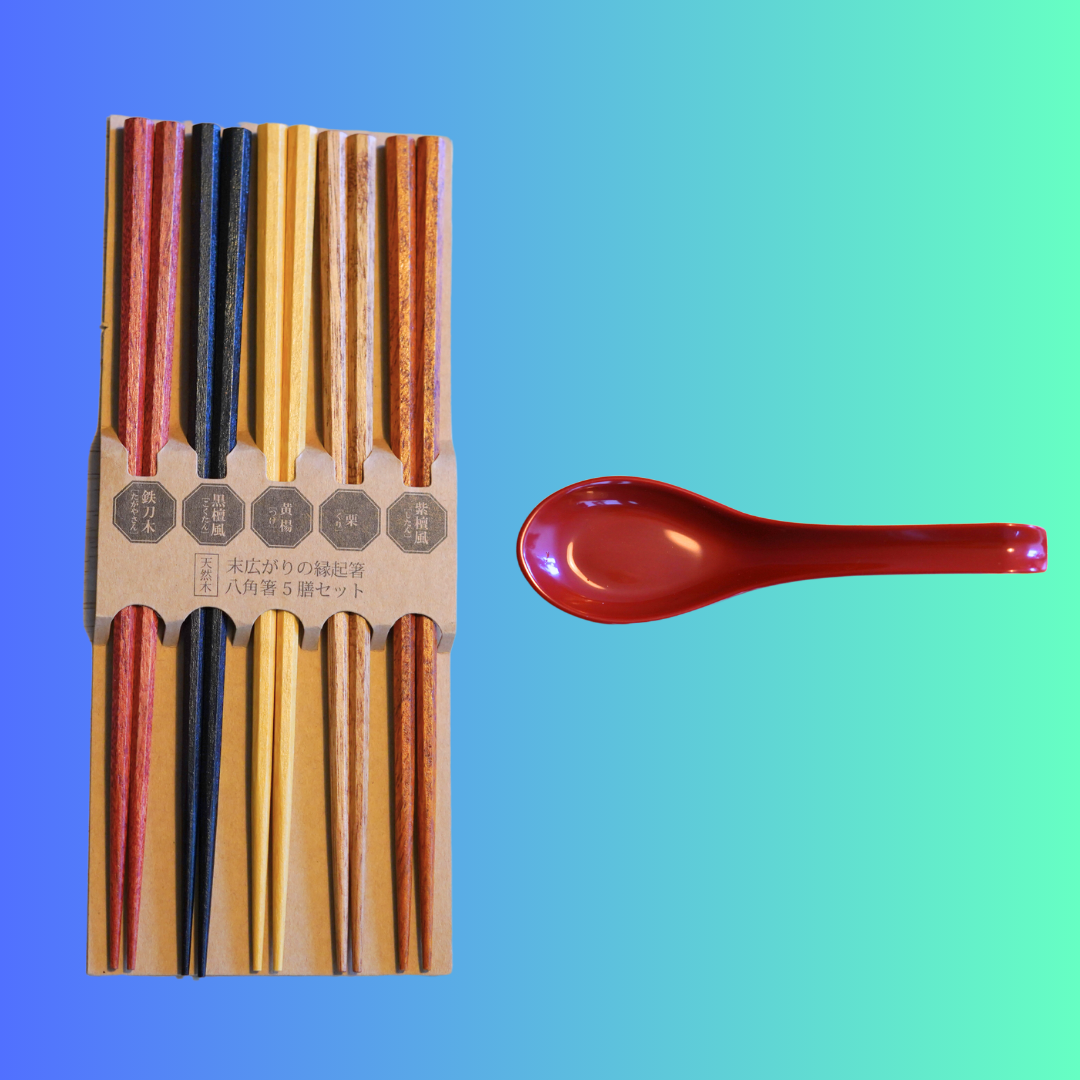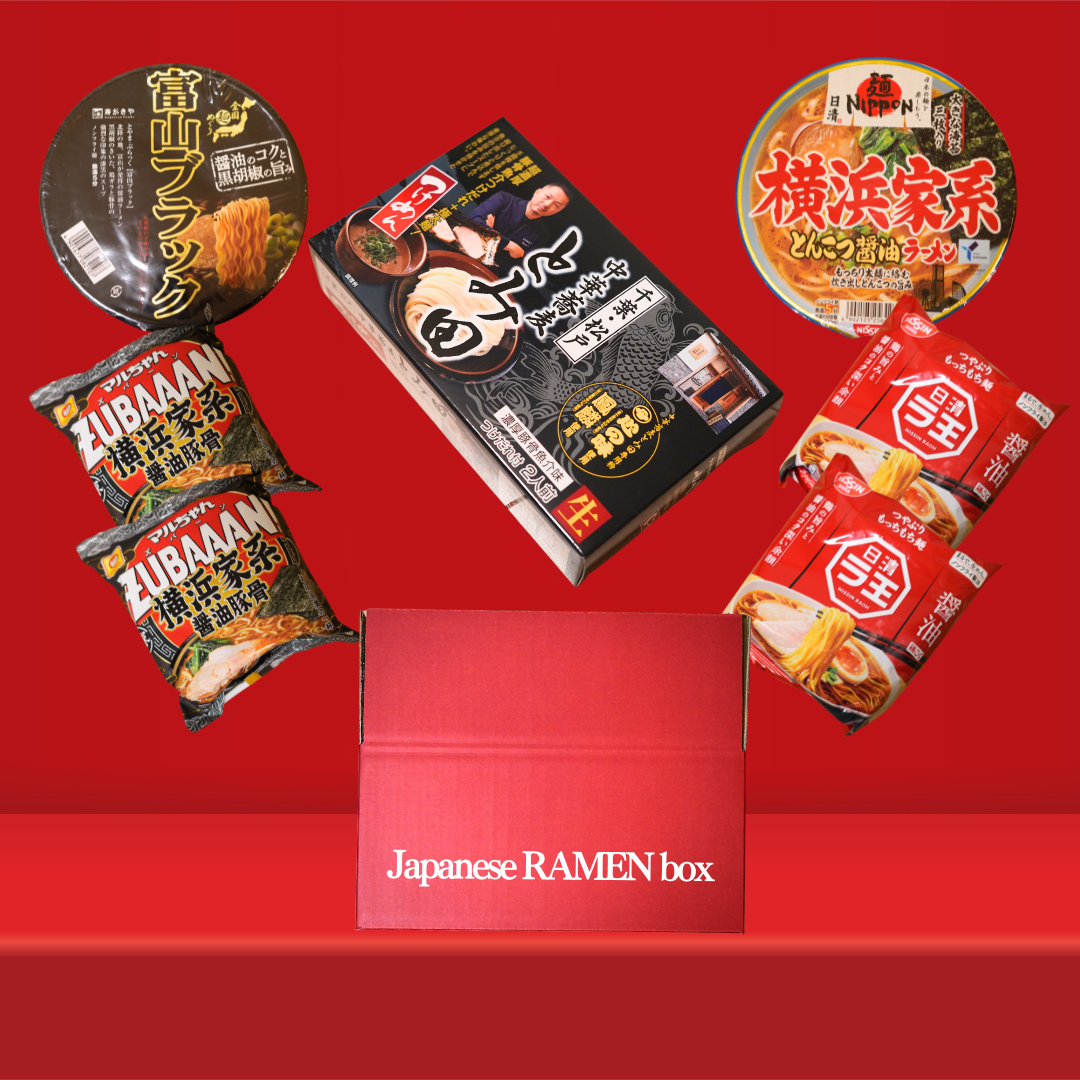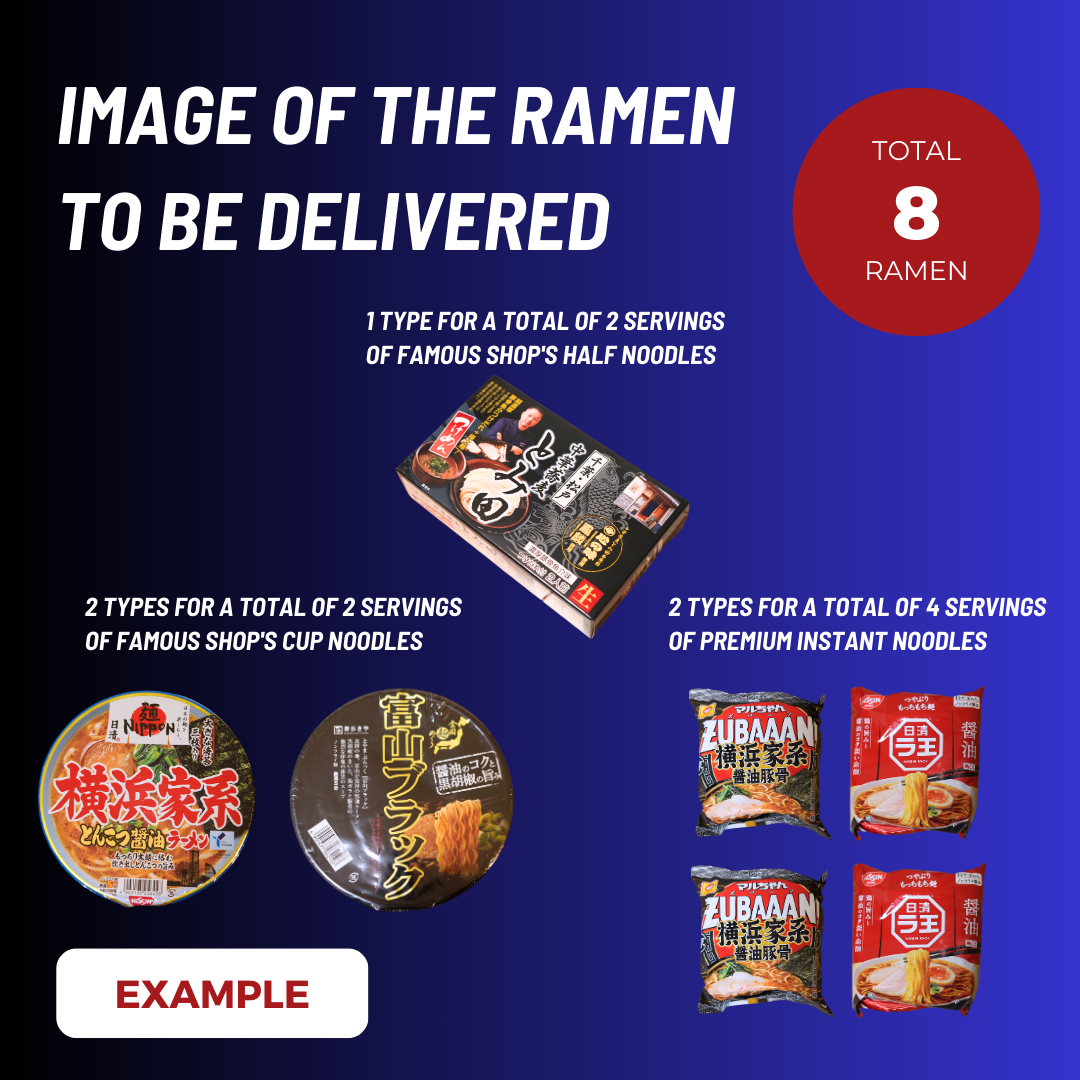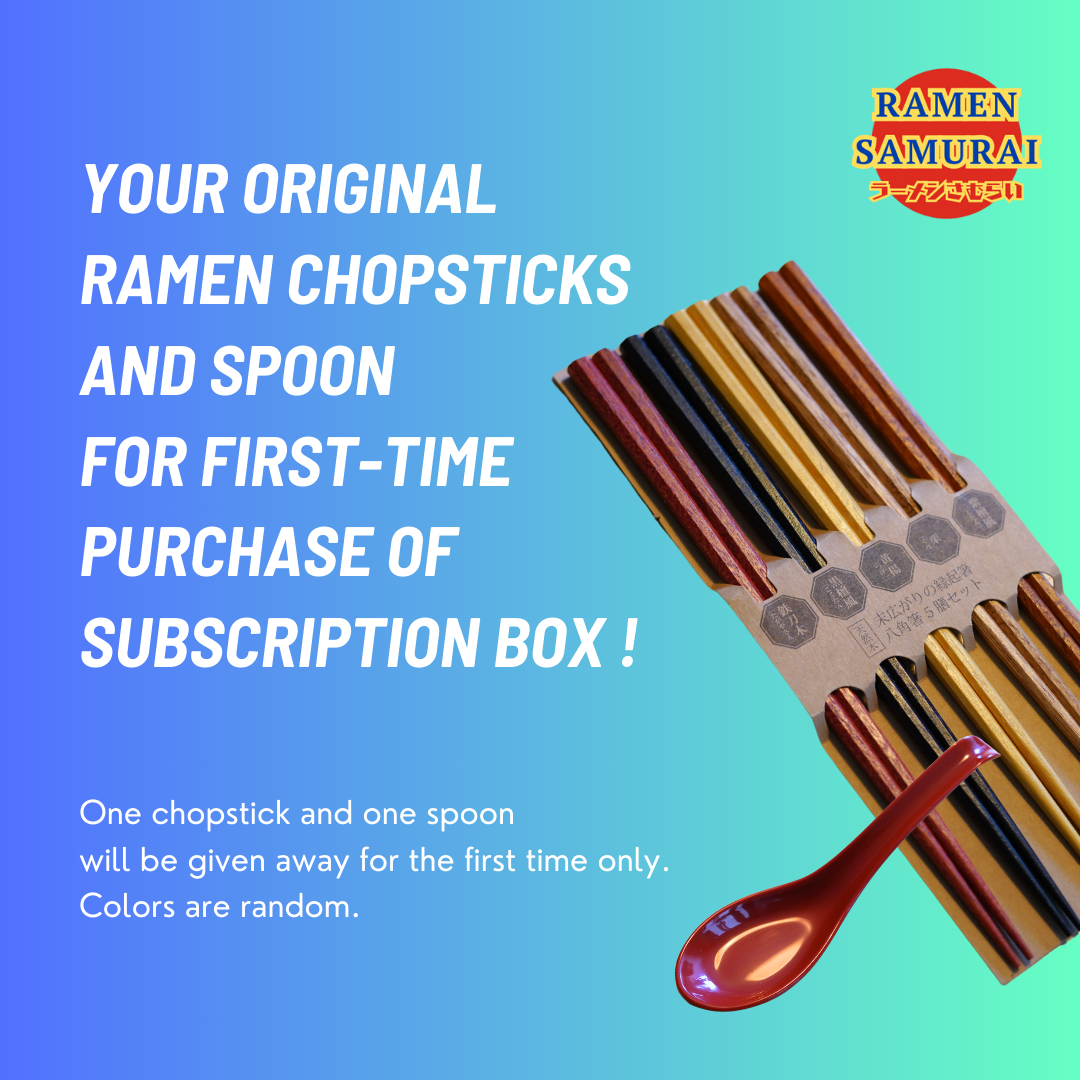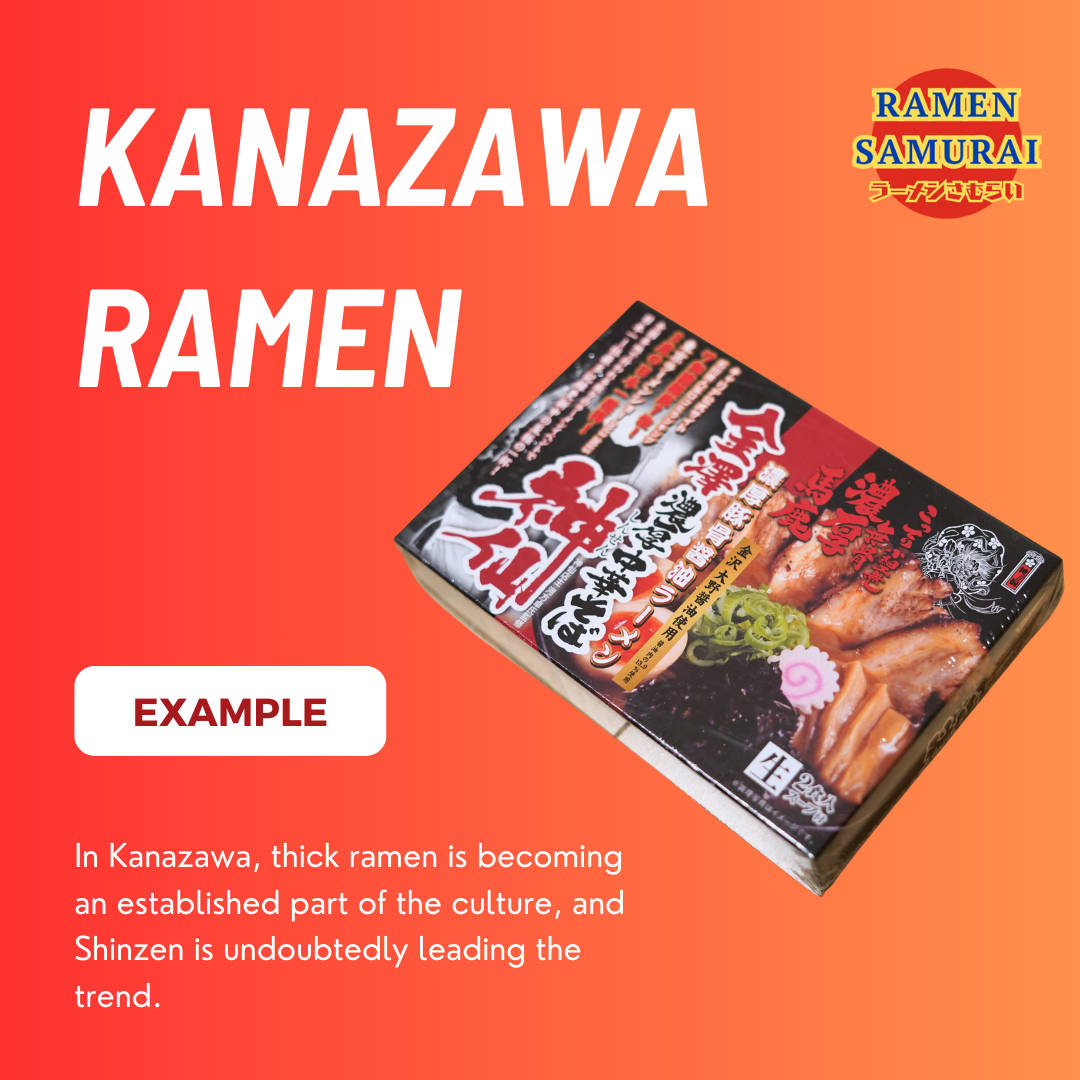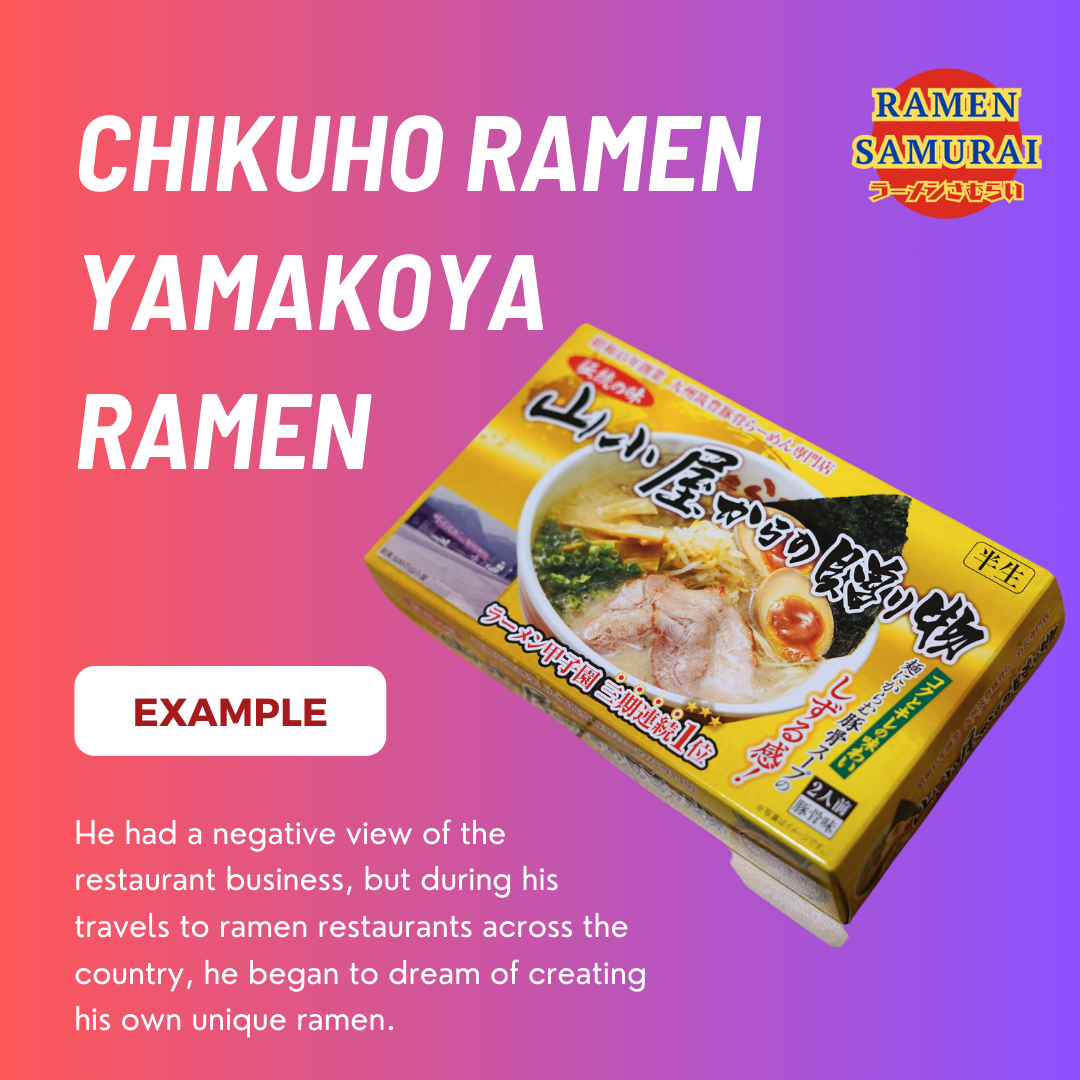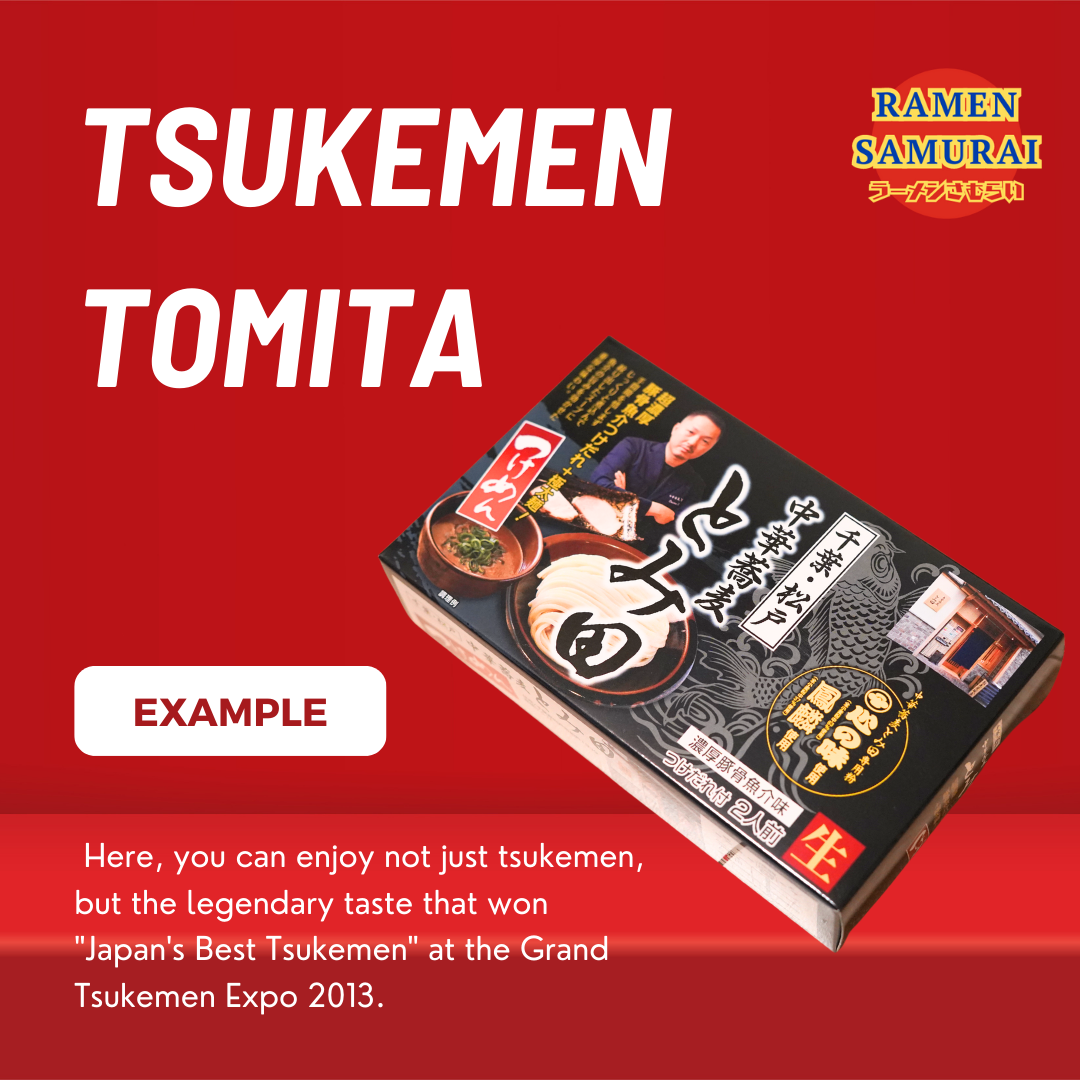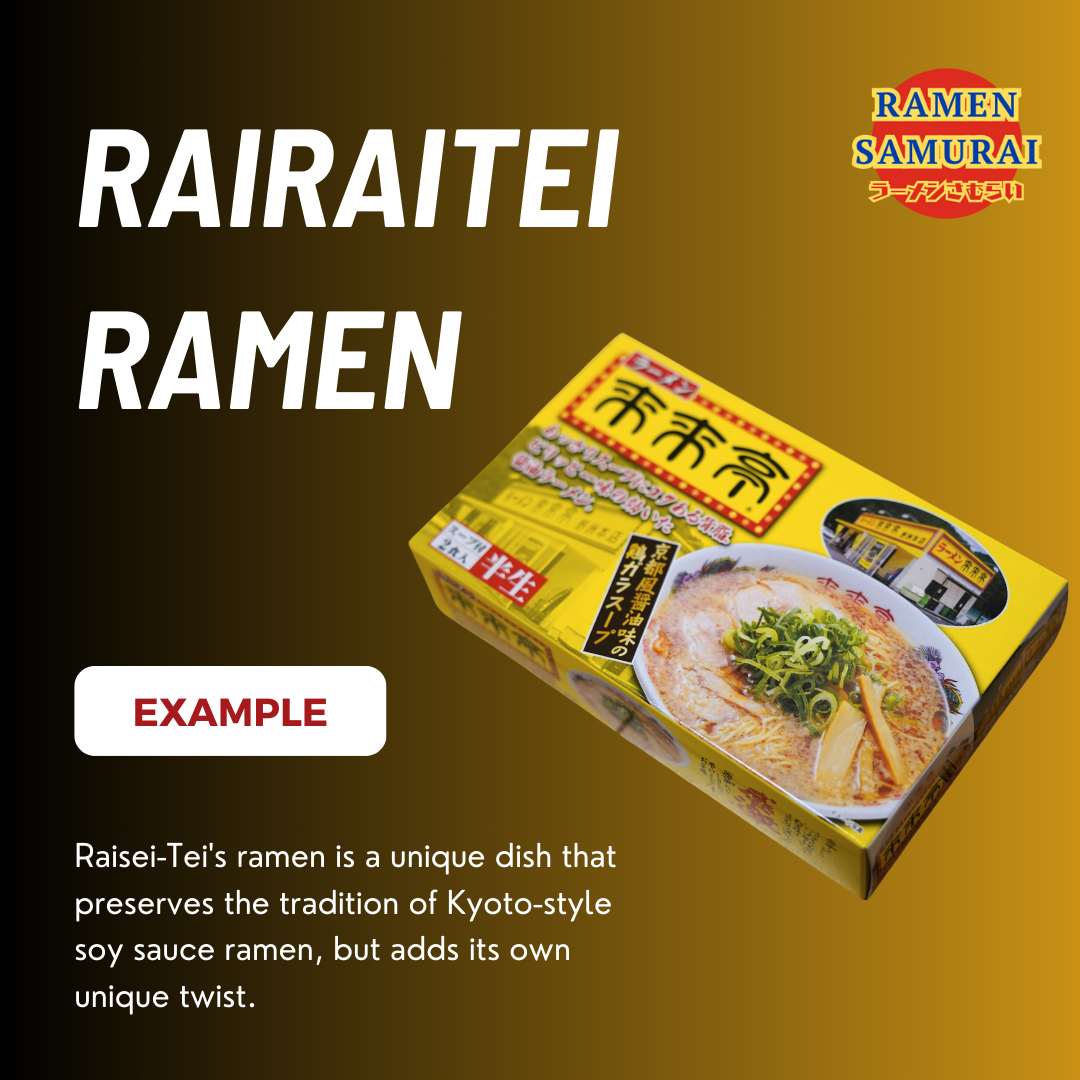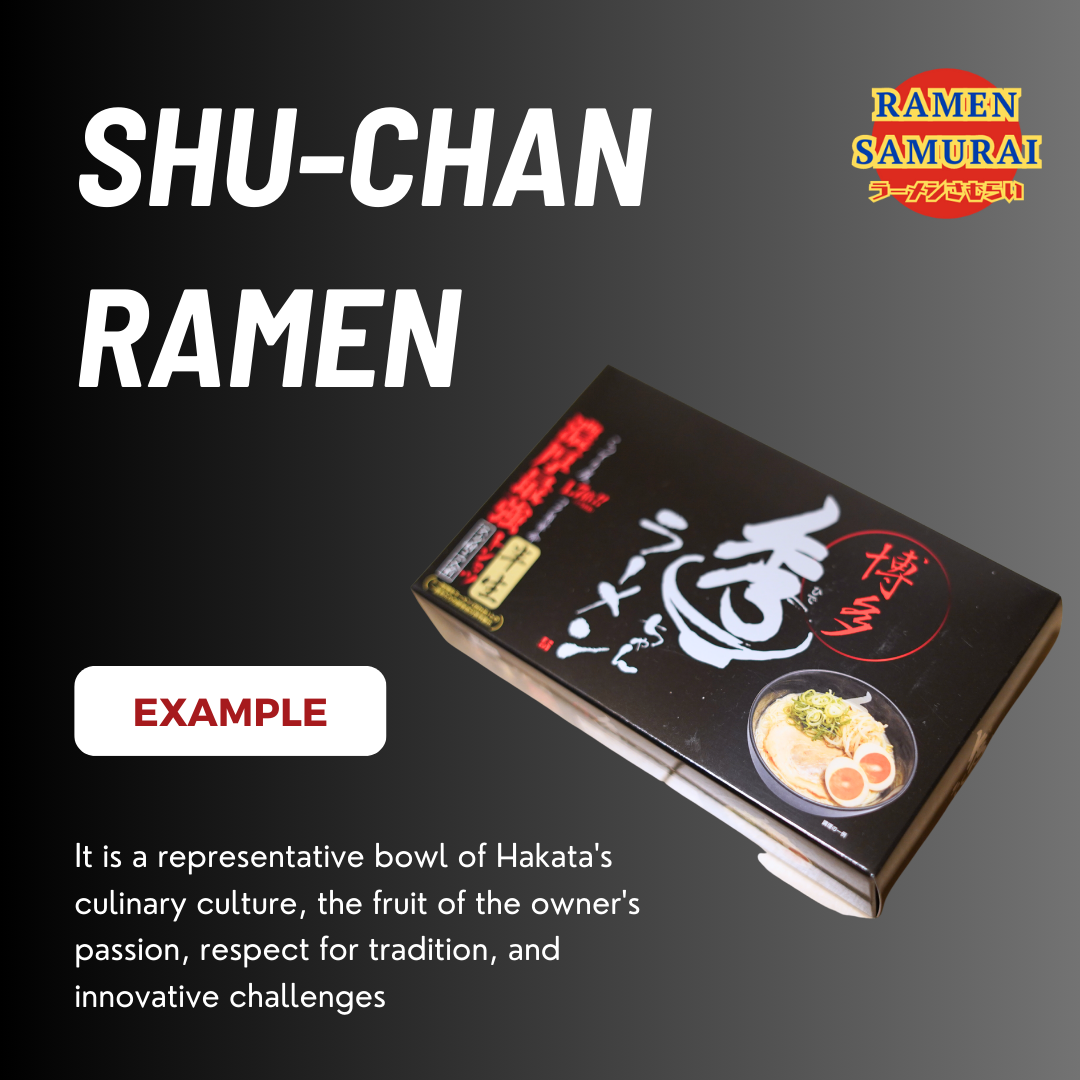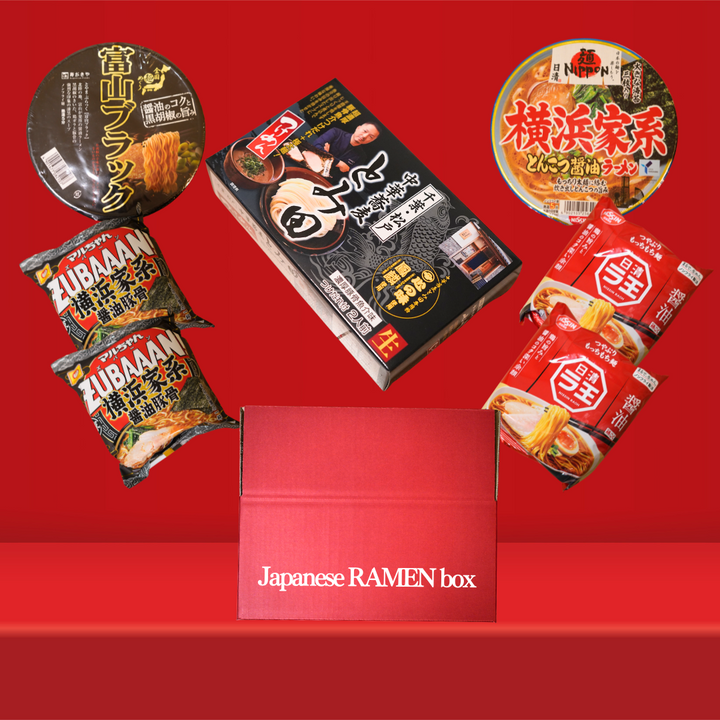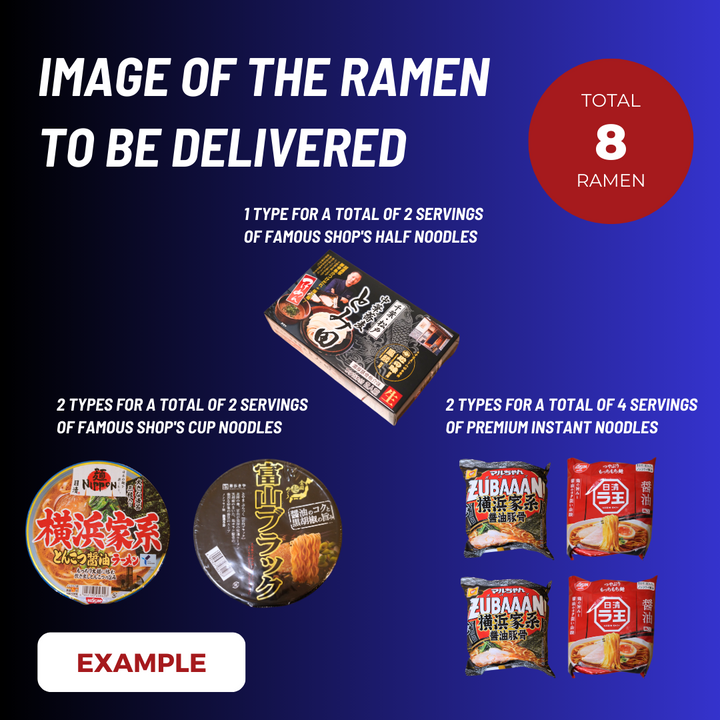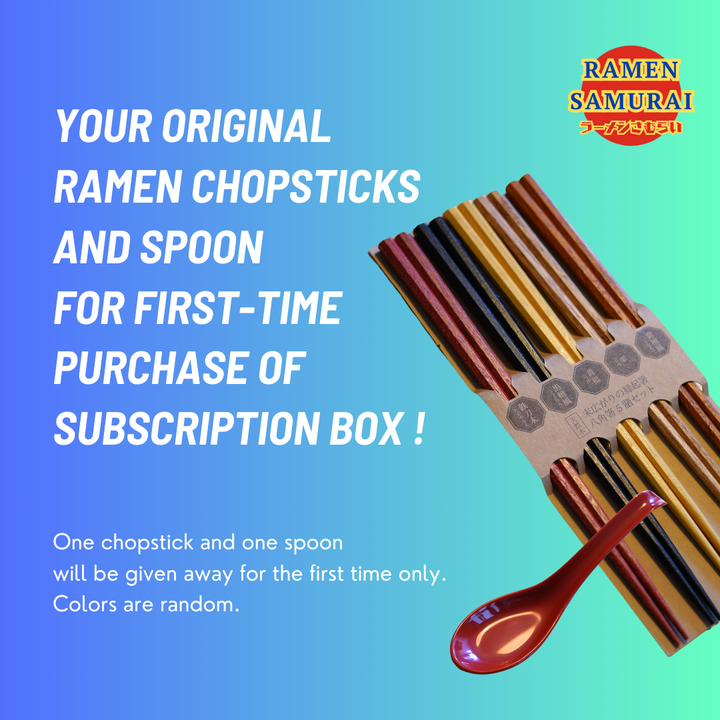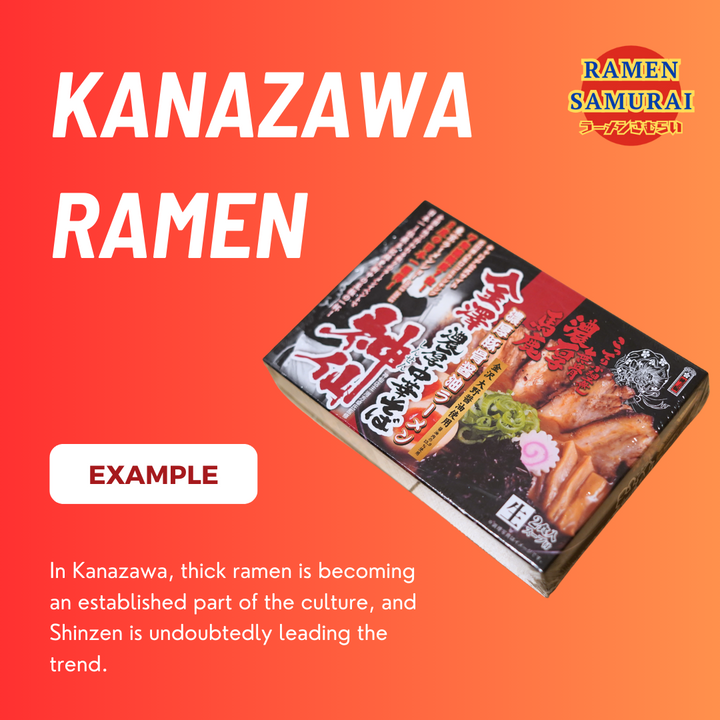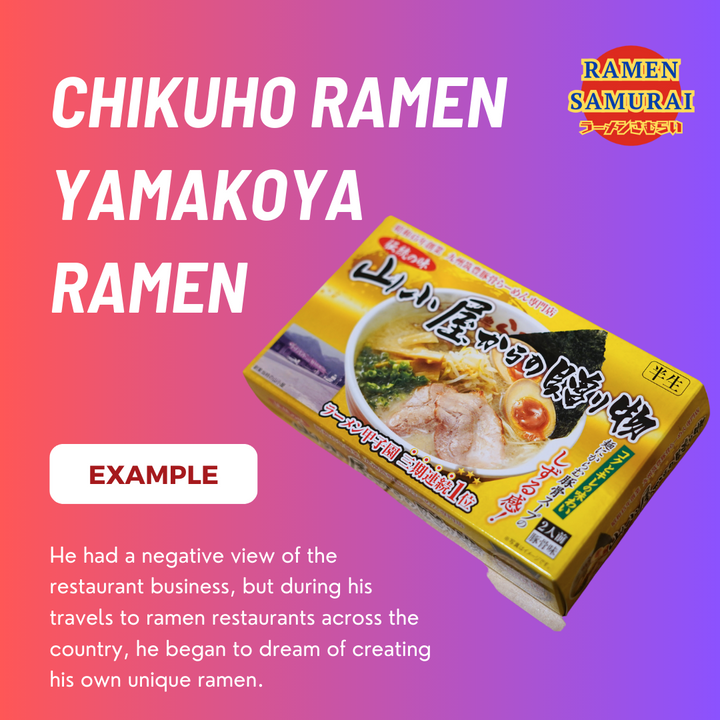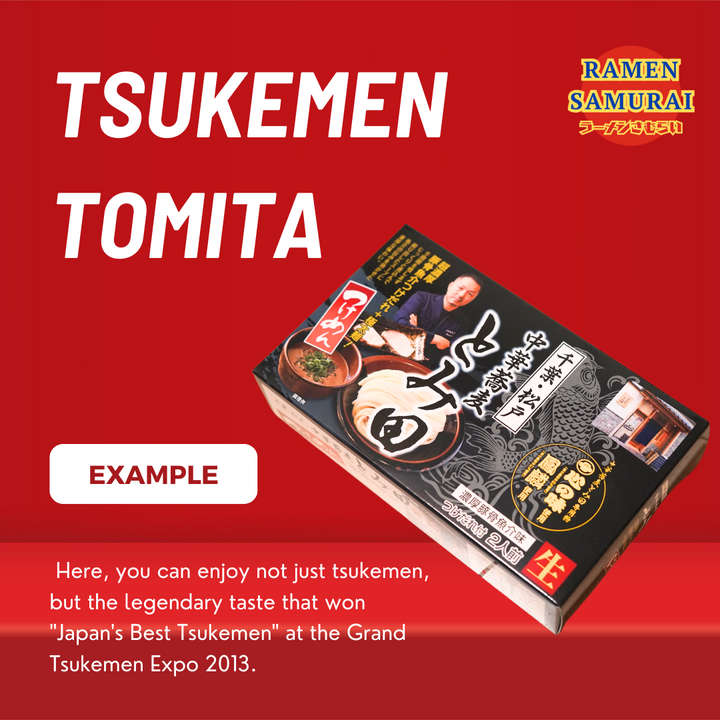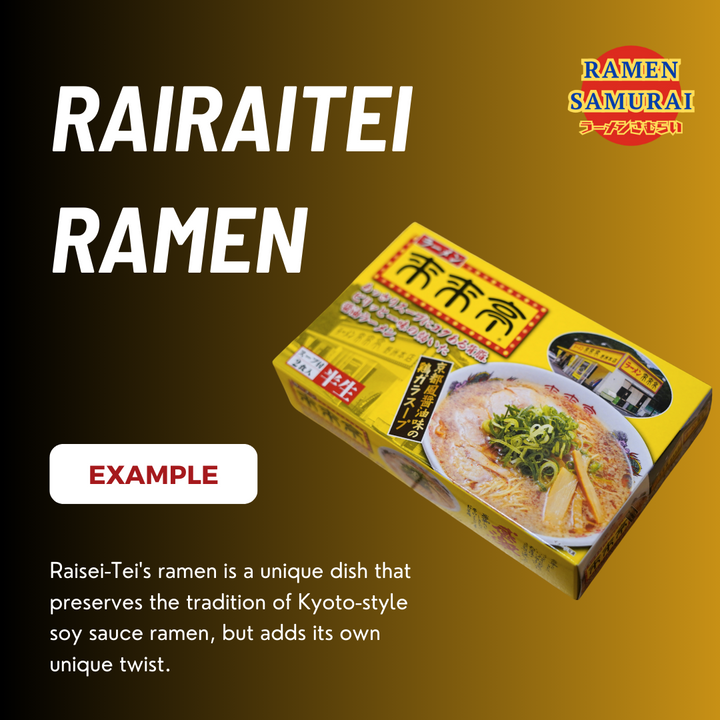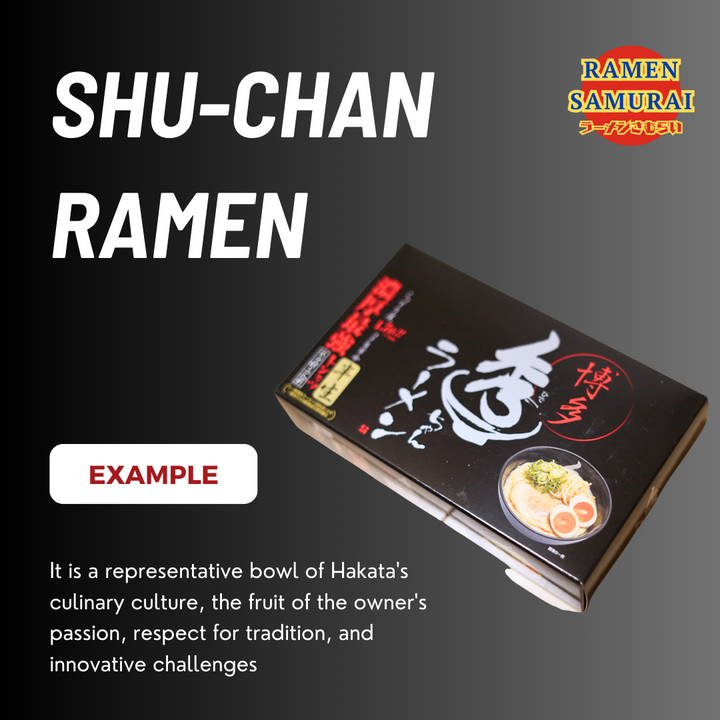【2024】Best Ramen Shops in Japan : A Must-Visit for Travelers!

Japan is a ramen lover’s paradise, attracting enthusiasts from around the world who consider it a must-visit destination. Ramen in Japan varies by region, each offering its own unique style and flavor, making every location a different experience. In this country, ramen is not just a dish; it’s deeply rooted in culture and tradition. This article introduces the best ramen shops across Japan that are essential for travelers to visit. Use this guide to plan the ultimate ramen experience.
What is Ramen Culture Across Japan?

Ramen in Japan is incredibly diverse, with variations depending on the region. Each area has developed its own ramen style influenced by local history, ingredients, and climate. For example, in the cold northern region of Hokkaido, rich miso ramen has evolved to warm the body, while in warmer areas, lighter shio (salt) ramen is more common.
Characteristics of Ramen Across Japan
Shoyu Ramen (Tokyo):

Tokyo’s shoyu (soy sauce) ramen is one of the most well-known styles across Japan. The light soy-based broth offers a simple yet deep flavor. Particularly after World War II, ramen became popular among the common people for its ease of preparation, and this style is now widely available in many shops throughout Tokyo. Common toppings include chashu (braised pork), menma (bamboo shoots), and green onions, creating a well-balanced dish.
Miso Ramen (Hokkaido):

Miso ramen, especially from Sapporo in Hokkaido, is known for its rich, miso-based broth, perfect for the cold climate as it warms you to the core. Often topped with butter, corn, and ground meat, this ramen is characterized by its full-bodied richness and sweetness. Sapporo ramen shops are renowned nationwide, offering a hearty bowl that can drive away the winter chill.
Tonkotsu Ramen (Fukuoka):

Originating from Fukuoka, tonkotsu ramen features a cloudy broth made by simmering pork bones for hours. This broth is rich and creamy, pairing perfectly with thin noodles. Also known as Hakata ramen, this style is commonly served in shops where you can order extra noodles (kaedama) to extend your enjoyment of the soup. Many ramen shops in Fukuoka stay open late, so you can savor a delicious bowl even at night.
Shio Ramen (Hakodate):

Hakodate’s shio (salt) ramen is known for its clear broth and refreshing flavor. The salt base highlights the natural flavors of the ingredients. This ramen typically uses a seafood-based broth, paired well with light, thin noodles. In Japan, this style is especially popular among health-conscious consumers, offering a healthy yet satisfying meal.
12 Popular Ramen Shops in Japan

Japan is home to countless ramen shops, each offering its own unique taste and style. Among them, we’ve selected 12 ramen shops particularly recommended for travelers. These shops are beloved not only by locals but also by ramen enthusiasts worldwide.
1. Mōkō Tanmen Nakamoto (Tokyo)

reference) https://nakamoto.tokyo/menu/%E5%8C%97%E6%A5%B5%E3%83%A9%E3%83%BC%E3%83%A1%E3%83%B3/
shop Information ) https://tabelog.com/en/tokyo/A1303/A130301/13094387/
Mōkō Tanmen Nakamoto was founded in 1968 in Itabashi, Tokyo, by Ichirō Yamamoto. Initially starting as a Chinese restaurant, it later established itself as a ramen specialty shop known for its super spicy ramen.
The shop's signature dish, "Mōkō Tanmen," is famous for its unique flavor, combining spiciness and numbing sensation using chili peppers, Sichuan pepper, and other spices. Beneath the heat, the dish offers deep umami, attracting many fans. Notably, the “Hokkyoku Ramen” (North Pole Ramen) is a famous spicy dish, reputed to exceed 100,000 Scoville heat units.
At Nakamoto, customers can choose from five levels of spiciness (Normal, Medium, Hot, Super Hot, and Hokkyoku) to suit their preference. Besides spicy options, they also offer various ramen bases like miso, soy sauce, and salt, along with popular dishes like tsukemen (dipping noodles) and soupless ramen.
The broth, made from pork bones and chicken carcasses combined with vegetables and spices, has a rich flavor. Standard toppings include bean sprouts, garlic chives, and minced meat, with further customization available through additional toppings.
Centered around Tokyo, Nakamoto has numerous shops throughout the Kanto region and has recently been expanding nationwide. Frequently featured in TV shows and magazines, its fame is well-known. The shop has a dedicated following, with terms like “Nakamoto Fans” and “Nakamoto Addiction” becoming popular.
Moreover, Nakamoto offers instant noodles and frozen products so fans can enjoy their ramen at home. With its distinctive spiciness and rich flavor, Mōkō Tanmen Nakamoto has made a significant impact on Japan’s ramen culture, particularly favored by lovers of spicy food and those seeking new culinary experiences.
2. Ichiran (Fukuoka, Nationwide)

reference) https://ichiran.com/ramen/
shop Information ) https://tabelog.com/en/fukuoka/A4001/A400102/40000130/
Ichiran, founded in 1960 in Fukuoka City, Fukuoka Prefecture, is a specialty shop for tonkotsu (pork bone) ramen. Founder Manabu Yoshitomi developed a unique tonkotsu ramen, which later expanded nationwide. Ichiran is particularly known for its unique store layout and ordering system.
Ichiran’s interiors feature individual booths called “flavor concentration counters,” allowing customers to enjoy their ramen with minimal interaction with other customers or staff. Orders are placed mainly through a vending machine, minimizing face-to-face interactions to ensure customer privacy and focus on the ramen experience.
Ichiran’s ordering system is another major feature. Customers fill out an order sheet specifying their preferred noodle firmness, broth richness, oil level, garlic, green onion, and other details. This allows each person to customize their ramen to their liking. Additionally, customers can adjust the flavor by adding Ichiran’s special “secret sauce” as desired.
Ichiran’s tonkotsu ramen is known for its rich yet creamy broth, simmered for hours. The thin noodles pair perfectly with the pork bone broth. Toppings are simple, typically including chashu (braised pork), kikurage mushrooms, and green onions.
Many Ichiran locations are open 24 hours, allowing customers to enjoy authentic tonkotsu ramen at any time of the day. In recent years, Ichiran has actively expanded overseas, opening shops in Hong Kong, Taiwan, the U.S., and other parts of the world.
Ichiran’s success lies in its commitment to preserving the traditional taste of tonkotsu ramen while introducing a unique service concept. Their attention to flavor, flexibility in catering to individual preferences, and distinctive dining environment have won them many fans, helping to spread Japan’s ramen culture globally.
3. Tenkaippin (Kyoto, Nationwide)

reference) https://wpb.shueisha.co.jp/news/lifestyle/2023/06/20/119777/
shop Information ) https://tabelog.com/en/kyoto/A2601/A260302/26000716/
Tenkaippin, founded in 1971 in Kyoto, is a renowned ramen chain famous for its thick, rich broth. Founder Kimihisa Kimura developed a unique broth that became highly popular, leading to nationwide expansion.
Tenkaippin’s most famous dish is the “Kotteri Ramen,” which features a broth made by simmering pork bones, chicken carcasses, and vegetables for hours. What sets this broth apart is the unique emulsification technique used, resulting in a thick yet smooth texture.
The broth has a distinctive thick yellowish-white color, with a layer of oil on top, known as “Tenichi Kotteri,” which gives the ramen its unique flavor and texture. The richness of the broth sets Tenkaippin apart from other ramen shops, truly embodying the “best in the world” (“Tenkaippin”) in its name.
The noodles are medium-thick and pair well with the thick broth. Toppings are relatively simple, with chashu (braised pork), menma (bamboo shoots), and green onions being the basics. Customers can also enhance the flavor with the shop’s special chili oil.
In addition to the signature “Kotteri” ramen, Tenkaippin also offers a lighter option called “Assari,” which uses the same base broth but with reduced oil content. Seasonal specials and location-specific menus are also available, catering to diverse preferences.
Tenkaippin’s popularity stems from its unique, rich broth and the addictive flavor that keeps customers coming back. Many fans refer to themselves as “Tenichi addicts,” highlighting the shop’s strong base of repeat customers.
Tenkaippin also has many locations that stay open late, allowing customers to enjoy a hot bowl of thick ramen even in the late hours. In recent years, Tenkaippin has expanded overseas, opening shops in the U.S. and Australia.
Tenkaippin’s success lies in its distinctive, rich broth, which sets it apart from other ramen shops and attracts a loyal customer base. By preserving traditional flavors while adapting to modern demands, Tenkaippin has secured a unique place in Japan’s ramen culture.
4. Yamaokaya (Hokkaido, Nationwide)

reference) https://ameblo.jp/funfunfuntaro/entry-12802506452.html
shop Information ) https://tabelog.com/en/kanagawa/A1407/A140701/14009439/
Yamaokaya, founded in 1993 in Tomakomai City, Hokkaido, is a ramen chain renowned for its rich miso ramen. Founder Tadashi Yamaoka developed a deeply flavorful miso ramen that became highly popular, leading to nationwide expansion.
Yamaokaya’s standout feature is its numerous 24-hour locations, allowing customers to enjoy hot ramen at any time, whether late at night or early in the morning. This is especially appreciated by workers finishing night shifts or those who live a nocturnal lifestyle.
The signature dish is rich miso ramen, with a broth made from pork bones and chicken carcasses, enhanced with a special miso paste. The long-simmered broth is rich and deeply flavorful. The noodles are medium-thick and pair well with the thick broth.
Toppings are abundant, typically including chashu (braised pork), menma (bamboo shoots), corn, butter, and green onions. The “Butter Miso Ramen,” with butter melting into the soup, is especially popular as it captures the essence of Hokkaido’s culinary style.
Another distinctive feature of Yamaokaya is its extensive large-portion menu. In addition to regular portions, they offer “Tokumori” (extra-large), “Ōmori” (large), and even “Megamori” (mega-large) options, making it popular among those with big appetites or those seeking a challenge.
In addition to miso ramen, Yamaokaya offers a variety of ramen styles, including shoyu (soy sauce) ramen, shio (salt) ramen, and tonkotsu (pork bone) ramen. Seasonal specials and location-specific menus are also available, catering to diverse preferences.
The extensive side menu is also popular, with gyoza (dumplings), fried rice, and karaage (fried chicken) among the offerings. These sides can be combined into set meals, providing a satisfying dining experience.
Yamaokaya’s success lies in the convenience of its 24-hour operation, the rich and satisfying flavors of its ramen, and the extensive large-portion menu. Its reasonable pricing also attracts a wide customer base.
Although it originated in Hokkaido, Yamaokaya has expanded nationwide, tailoring its menu to suit local tastes. While considering regional preferences, Yamaokaya continues to offer its signature rich flavors, securing popularity across Japan.
5. Ramen Jirō (Tokyo)

reference) https://sysyth.com/mitajiro-2s/
shop Information ) https://tabelog.com/en/tokyo/A1314/A131402/13006051/
Ramen Jirō in Tokyo is known for being a unique presence in Japan’s ramen culture. Its distinctive style and overwhelming portion sizes have created a passionate fan base, known as “Jirōrians.” One of Jirō’s most prominent features is the large amount of vegetables in each bowl, especially the mountain of cabbage and bean sprouts, which can be increased further upon request, resulting in an impressive volume.
The next highlight is Jirō’s thick noodles. These noodles are notably thick and have a chewy texture, setting them apart from standard ramen. The thick noodles pair perfectly with the rich broth, creating a unique and satisfying eating experience. The rich broth is pork bone-based, with plenty of garlic and fat, creating a very intense flavor that leaves a lasting impression.
Regular Jirō customers, known as “Jirōrians,” are more than just ramen enthusiasts. For them, eating at Jirō is a lifestyle, offering a sense of community and shared experiences. Jirōrians often embark on “Jirō pilgrimages,” visiting different Jirō locations and enjoying the subtle variations between each one.
At Ramen Jirō, customers customize their orders through a process called “call.” This involves specifying noodle firmness, fat content, garlic, and vegetable quantities, adding to the unique Jirō experience. This customization is an essential part of the shared culture among Jirōrians.
Ramen Jirō has numerous locations centered in Tokyo, with each shop offering slightly different tastes and styles. As a result, many Jirōrians have their favorite locations and enjoy the differences between them. Thus, Ramen Jirō is more than just a ramen shop; it’s a unique cultural experience. Its portion sizes and intense flavors may surprise first-timers, but for Jirōrians, it’s an irreplaceable experience that they strongly support.
6. Hakata Ippūdō (Fukuoka, Nationwide)

reference) https://hitosara.com/0004028034/
shop Information ) https://tabelog.com/en/fukuoka/A4001/A400103/40025391/
Hakata Ippūdō, originating in Fukuoka, is a ramen chain known not only in Japan but also internationally. Their signature dish, “Hakata Tonkotsu Ramen,” is a quintessential Fukuoka ramen, beloved by many.
The main feature of Ippūdō’s ramen is its broth. Made by simmering pork bones for hours, the broth is rich and creamy, offering a well-balanced flavor free of the strong odor often associated with tonkotsu ramen. The white, milky appearance of the broth is an iconic element of Ippūdō’s identity.
Paired with this broth are thin, firm Hakata-style noodles. These noodles, in line with Hakata tradition, are very thin and cook quickly. The noodles pair excellently with the broth, allowing the soup’s deep flavor to shine through with each bite. Customers can also specify their preferred noodle firmness, with options like “Kata” (firm) or “Bari Kata” (very firm), adding to the appeal of Hakata ramen.
Ippūdō’s ramen is typically topped with chashu (braised pork), green onions, and kikurage mushrooms, creating a simple yet satisfying dish. Additionally, Ippūdō offers a variety of condiments, including beni-shōga (pickled ginger) and sesame seeds, which customers can add to customize their ramen to taste.
Another feature of Ippūdō is its modern and clean dining environment. Unlike traditional ramen shops, Ippūdō’s stylish and welcoming atmosphere attracts a wide range of customers, including women and families. This fresh approach to ramen dining has helped Ippūdō gain broad support.
Ippūdō has also gained popularity overseas, thanks to its high-quality ramen and excellent service. By modernizing and making Hakata tonkotsu ramen accessible to many, Ippūdō remains a standout presence in the ramen industry.
7. Menya Musashi (Tokyo)

shop Information ) https://tabelog.com/en/tokyo/A1304/A130401/13001013/
Menya Musashi is a popular ramen shop based in Tokyo, known for its unique tsukemen (dipping noodles) and rich shoyu (soy sauce) ramen. Since its founding in 1996 in Shinjuku, Menya Musashi has established its own style in the ramen world, captivating many fans.
One of Menya Musashi’s standout features is its broth, particularly the rich shoyu-based soup, often made using a double broth combining seafood and meat stock, offering deep umami and aroma. The broth is very rich but well-balanced, drawing you in with its complex flavor. Despite its richness, the soup’s flavor doesn’t become overwhelming, allowing you to enjoy it to the last drop.
Another specialty of Menya Musashi is its tsukemen. These dipping noodles are thick and chewy, made in-house and paired with a special rich dipping sauce. The sauce, though thick, coats the noodles perfectly, providing a deep and flavorful experience with every bite. The tsukemen also comes with a broth-thinning dashi that can be added to the sauce toward the end of the meal, allowing you to enjoy it as a soup.
Menya Musashi is also innovative in its menu offerings, often creating seasonal ramen or unique fusion dishes that incorporate Western ingredients or unconventional soup bases, ensuring there’s always something new for customers to try.
The interior of Menya Musashi is themed around the world of samurai, with a design inspired by the name “Musashi.” This unique atmosphere adds to the overall dining experience, providing customers with a sense of immersion and enjoyment beyond just the food.
Additionally, Menya Musashi is known for its excellent service, with staff offering friendly and attentive care. Despite its expansion, Menya Musashi has managed to maintain high quality in both taste and service across all its locations, ensuring a satisfying experience no matter which shop you visit.
In this way, Menya Musashi transcends traditional ramen, offering new flavors and experiences that continue to captivate ramen enthusiasts. With its rich yet balanced broth, unique tsukemen, and innovative menu, Menya Musashi remains a favorite among ramen lovers.
8. Fūryū (Sapporo)

shop Information ) https://tabelog.com/en/tokyo/A1311/A131101/13096267/
Fūryū is a renowned miso ramen shop representing Sapporo. Sapporo miso ramen is one of the most famous styles of Hokkaido ramen, known for its rich and hearty broth that captivates many ramen fans. Fūryū is among the highest-rated shops within this category.
The key feature of Fūryū’s ramen is its miso broth. The broth is made by blending several types of miso and simmering it with pork bones and chicken carcasses to extract deep umami and rich flavor. Additional seasonings like garlic and ginger give the broth a punchy taste. This broth is very rich yet well-balanced, allowing you to enjoy it without growing tired of the flavor.
Paired with this rich miso broth are medium-thick curly noodles. These noodles cling well to the broth, ensuring a satisfying texture with every bite. The noodles’ texture and ability to absorb the broth’s flavor are central to maximizing the appeal of Sapporo miso ramen.
Fūryū’s ramen typically includes toppings like chashu (braised pork), green onions, bamboo shoots, butter, and corn. The combination of butter and corn is especially iconic in Sapporo ramen, with the butter melting into the broth, adding creaminess and further deepening the broth’s flavor.
Fūryū is committed to using fresh, local ingredients, particularly miso and vegetables sourced from Hokkaido, which contributes to its high reputation among locals and tourists alike.
The shop's atmosphere is warm and inviting, reminiscent of old-fashioned ramen shops, and the service is friendly and attentive. On cold winter days, enjoying Fūryū’s miso ramen in this cozy setting is a highly recommended experience.
Thus, Fūryū is a miso ramen shop that stays true to Sapporo’s tradition while continuing to refine its unique flavor. The rich miso broth and medium-thick noodles create a perfect combination that is beloved by locals and visitors alike. If you visit Sapporo, a bowl of ramen at Fūryū is definitely worth a try.
9. Yoshimura-ya (Yokohama)

reference) https://blog.webproduct-lab.com/entry/yoshimuraya
shop Information ) https://tabelog.com/en/kanagawa/A1401/A140102/14000059/
Yoshimura-ya, based in Yokohama, is known as the originator of the “iekei” style of ramen. Founded in 1974, Yoshimura-ya’s rich pork bone and soy sauce broth paired with thick noodles has earned the love of many ramen fans. The iekei style has since become a popular ramen genre across Japan.
The defining characteristic of Yoshimura-ya’s ramen is its rich pork bone soy sauce broth. The broth is made by simmering pork bones to extract all the umami, which is then combined with soy sauce. The resulting broth is very rich and flavorful, with a layer of oil on top that keeps the soup hot while enhancing the broth’s richness. The broth has a strong flavor, but it’s well-balanced, with a depth that allows you to fully appreciate the taste without it becoming overwhelming.
Paired with this rich broth are thick, straight noodles. These noodles have a chewy texture and pair perfectly with the broth. At Yoshimura-ya, customers can customize their ramen by choosing the firmness of the noodles, the amount of fat, and the strength of the broth, allowing you to enjoy your perfect bowl each time you visit.
The toppings for Yoshimura-ya’s ramen include chashu (braised pork), spinach, nori seaweed, and chopped green onions. Spinach and nori, in particular, are signature toppings of iekei ramen. The spinach soaks up the broth, enhancing its flavor, while the nori adds an aromatic layer when eaten with the soup. These toppings complement the rich broth and thick noodles, creating a well-rounded and satisfying bowl.
Another unique aspect of Yoshimura-ya is its energetic atmosphere and customer service. The shop is lively, with staff enthusiastically greeting customers, making the dining experience enjoyable. Yoshimura-ya values not just the taste of its ramen but also the overall dining experience, attracting many repeat customers.
Yoshimura-ya has not only maintained its position as the originator of iekei ramen but has also influenced many other ramen shops. The rich pork bone soy sauce broth, thick noodles, and iconic toppings are now seen in many ramen shops, but Yoshimura-ya continues to offer these elements in their original, perfectly balanced form.
In this way, Yoshimura-ya is more than just a ramen shop; it’s an iconic establishment that has shaped the iekei ramen genre. If you’re in Yokohama, experiencing the original taste and savoring the rich umami of Yoshimura-ya’s ramen is highly recommended.
10. Nakiryu (Fukuoka)

reference) https://www.takumen.com/products/1649
shop Information ) https://tabelog.com/en/tokyo/A1323/A132302/13141302/
Nakiryu is one of Fukuoka’s most popular Hakata tonkotsu ramen shops. While Hakata ramen is known for its rich pork bone broth, Nakiryu stands out for its lighter tonkotsu broth, making it a favorite among ramen enthusiasts.
The main feature of Nakiryu’s ramen is its light tonkotsu broth. While most Hakata tonkotsu broths are rich and creamy, Nakiryu’s broth is designed to be lighter while still delivering the deep umami of pork bones. The broth is very clear and low in fat, resulting in a light, refreshing mouthfeel. Despite being lighter, the broth still offers the rich depth of flavor characteristic of tonkotsu, making it an easy-to-eat yet satisfying bowl.
The noodles paired with this broth are thin and straight, following Hakata ramen tradition. The thin noodles cook quickly and offer a firm, springy texture. At Nakiryu, you can adjust the firmness of the noodles with options like “barikata” (extra firm) or “harigane” (very firm), allowing you to tailor the texture to your preference.
Toppings include standard chashu (braised pork), green onions, and kikurage mushrooms, creating a simple yet well-balanced dish that complements the broth perfectly. Additionally, Nakiryu offers condiments like beni-shōga (pickled ginger) and sesame seeds, allowing you to customize the flavor to your liking. This variety means that even with the same bowl of ramen, you can enjoy different taste experiences with each bite.
The interior of Nakiryu is calm and welcoming, with a counter seating arrangement that allows you to fully immerse yourself in the Hakata ramen experience. Loved by locals and highly rated by tourists, Nakiryu is a must-visit for anyone traveling to Fukuoka.
In conclusion, Nakiryu offers a lighter version of Hakata tonkotsu ramen, providing an easy-to-eat yet rich flavor experience. If you’re looking to explore the flavors of Hakata ramen while in Fukuoka, Nakiryu should be at the top of your list.
11. Sumire (Sapporo)

reference) https://blog.webproduct-lab.com/entry/sumire
shop Information ) https://tabelog.com/en/hokkaido/A0101/A010303/1000134/
Sumire is one of the most well-known miso ramen shops in Sapporo and is famous across Japan. Founded in 1964, Sumire has maintained the tradition of Sapporo miso ramen while captivating ramen fans with its unique flavor. Sumire is particularly popular for its rich miso broth and exceptional chashu (braised pork).
The key feature of Sumire’s ramen is its rich miso broth. The broth is made by simmering pork bones to extract a deep, rich flavor, which is then combined with a blend of several types of miso. The miso broth is extremely thick, offering a deep umami and richness that spreads throughout your mouth. The broth’s surface is covered with a layer of lard, which helps retain heat while adding even more depth to the flavor. This lard layer ensures that the broth remains hot until the last drop, making it a perfect meal for Sapporo’s cold winters.
The noodles used in Sumire’s ramen are medium-thick and curly, designed to absorb the rich broth and enhance the overall eating experience. The chewy texture of the noodles, combined with the thick miso broth, provides a satisfying mouthful with each bite.
Another highlight of Sumire’s ramen is its chashu. The chashu is thick-cut, tender, and well-marinated, with a perfect balance of lean meat and fat. This chashu pairs excellently with the rich broth, delivering a burst of umami with every bite. The chashu’s rich flavor holds its own against the intense broth, making the entire bowl even more satisfying.
In addition to ramen, Sumire offers a variety of side dishes like rice bowls and gyoza, carefully chosen to complement the ramen. The shop’s interior evokes a nostalgic atmosphere reminiscent of the Showa era, providing a relaxed space where you can enjoy your meal.
Sumire continues to be a beloved ramen shop, preserving the tradition of Sapporo miso ramen while delivering a unique and captivating flavor. If you’re in Sapporo, Sumire is a must-visit shop where you can fully appreciate the rich flavors of Sapporo miso ramen.
12. Mita Seimenjo (Tokyo, Nationwide)

shop Information ) https://tabelog.com/en/tokyo/A1314/A131402/13056611/
Mita Seimenjo, founded in Tokyo, is a tsukemen (dipping noodles) specialty shop that has spread nationwide. As a pioneer of the tsukemen boom, it has won many fans with its rich fish-and-pork bone broth and chewy, thick noodles. Mita Seimenjo has played a significant role in spreading tsukemen culture across Japan.
The key feature of Mita Seimenjo is its rich fish-and-pork bone broth. This broth is made by simmering pork bones and blending them with fish stock, resulting in an extremely rich and deeply flavored soup. The fishy notes in the broth blend perfectly with the richness of the pork bones, making it an ideal match for tsukemen. The broth also contains powdered fish, which intensifies the fish flavor with each bite. Despite its richness, the broth has a clean finish, allowing you to enjoy it to the last drop.
The noodles used for tsukemen are thick and chewy, designed to pair perfectly with the thick broth. Mita Seimenjo uses a special in-house noodle recipe that ensures the noodles have the right texture to absorb the rich broth. The thick noodles provide a satisfying chew, making each bite a pleasure. Customers can also customize their noodles’ firmness, with options like “katamen” (firm) or “barikata” (extra firm), allowing you to enjoy your preferred texture.
One of the joys of eating tsukemen is the variety of ways to enjoy it. At Mita Seimenjo, they offer “wari-soup” (dilution soup) to add to the broth after finishing the noodles, allowing you to enjoy the remaining broth as a soup. This ensures that you can savor the broth’s flavor right to the end.
Mita Seimenjo also offers a range of carefully selected toppings, including chashu (braised pork), soft-boiled eggs, and bamboo shoots. The chashu is thick-cut and tender, pairing perfectly with the rich broth. Adding these toppings elevates the dish to a richer, more luxurious level.
The shop’s interiors are clean and inviting, with a relaxed atmosphere centered around counter seating, making it a comfortable place to enjoy your meal. With locations nationwide, Mita Seimenjo ensures that you can enjoy the same high-quality tsukemen no matter which shop you visit.
In summary, Mita Seimenjo has become a beloved tsukemen specialty shop, winning the hearts of many tsukemen fans with its rich fish-and-pork bone broth and chewy, thick noodles. As a pioneer of the tsukemen culture in Tokyo, Mita Seimenjo is recognized as a must-visit shop where you can fully enjoy the rich flavors of tsukemen.
Tips for Efficient Ramen Shop Hopping

Transportation and Time Management: Traveling between Japanese cities is most convenient by Shinkansen (bullet train) or airplane. The Shinkansen network covers the entire country, allowing quick travel between major cities. Since ramen shops are popular, it's best to visit them right at opening time. Especially during lunch and dinner, long lines often form, so arriving early is advisable. Planning your travel schedule carefully ensures you’ll arrive at your desired ramen shop with time to spare.
Recommended Tourist Spots by Region: To make your ramen tour even more enriching, consider combining visits to local tourist attractions. For example, in Sapporo, you can enjoy ramen alongside the Snow Festival or Odori Park, fully experiencing the charm of Sapporo. In Fukuoka, after savoring ramen, you might visit Hakata’s night view or the Yatai (food stall) district in Nakasu. By combining sightseeing with ramen, you’ll create a richer travel experience.
Tips for Enhancing Your Ramen Experience

Enjoying ramen isn’t just about eating; with a little knowledge and effort, you can elevate your ramen experience even further. Here are some tips to make the most of your ramen adventure.
Toppings that Enhance Ramen Flavor:
The choice of toppings can significantly deepen the flavor of your ramen. For instance, a soft-boiled egg adds richness and pairs perfectly with the soup. Menma (bamboo shoots) provide a crunchy texture that enhances the overall mouthfeel. Green onions add a refreshing aroma to the soup, cutting through the richness. Finally, chashu (braised pork) is often the star of the dish, with tender meat that melts in your mouth. By carefully selecting and combining these toppings, you can create your ideal bowl of ramen.
Resources for Learning About Japan’s Ramen Culture:
If you want to learn more about ramen, books and documentaries are excellent resources. Titles like Ramen Heads and The Ramen Bible offer in-depth insights into the history, culture, and passion of ramen makers. Several documentaries also explore the behind-the-scenes of ramen-making, showcasing the dedication and craftsmanship of ramen chefs. These resources can deepen your understanding of ramen, making your next bowl even more enjoyable.
Summary and Next Steps
Plan Your Ultimate Ramen Experience in Japan:

Japan is home to countless charming ramen shops, each offering unique flavors and styles. Use this guide to choose the best ramen shops for your travel itinerary and enjoy the ultimate ramen experience. Through a ramen tour, you’ll discover the rich depth of Japanese food culture.
Enjoy Authentic Japanese Ramen at Home with the RAMEN SAMURAI Subscription
If this article has sparked your interest in enjoying authentic Japanese ramen, we highly recommend subscribing to RAMEN SAMURAI. RAMEN SAMURAI is a subscription service that delivers carefully selected ramen from Japan’s most popular and renowned shops directly to your doorstep every month. Each month, you’ll receive five different types of ramen, with a total of eight servings, allowing you to explore the rich and diverse flavors of Japan’s culinary scene.
https://ramen-samurai.com/products/japanese-ramen-box-subscription
For just $90 per month, you can embark on a culinary journey through Japan’s ramen culture without leaving your home. Each delivery includes a variety of ramen from well-known establishments as well as hidden gems only known to locals. The ramen is shipped directly from Japan, ensuring that you receive the freshest, most authentic flavors possible.
Special Offer for New Subscribers: As part of our service release campaign, first-time purchasers can receive a ramen kit worth $50 for free when they sign up. This offer is available for a limited time, so don’t miss out on this exclusive opportunity to start your ramen adventure.
With RAMEN SAMURAI, you can savor the authentic taste of Japan’s finest ramen each month, transforming your meals into a true culinary experience. Don’t wait—subscribe now and let the flavors of Japan come to you!
